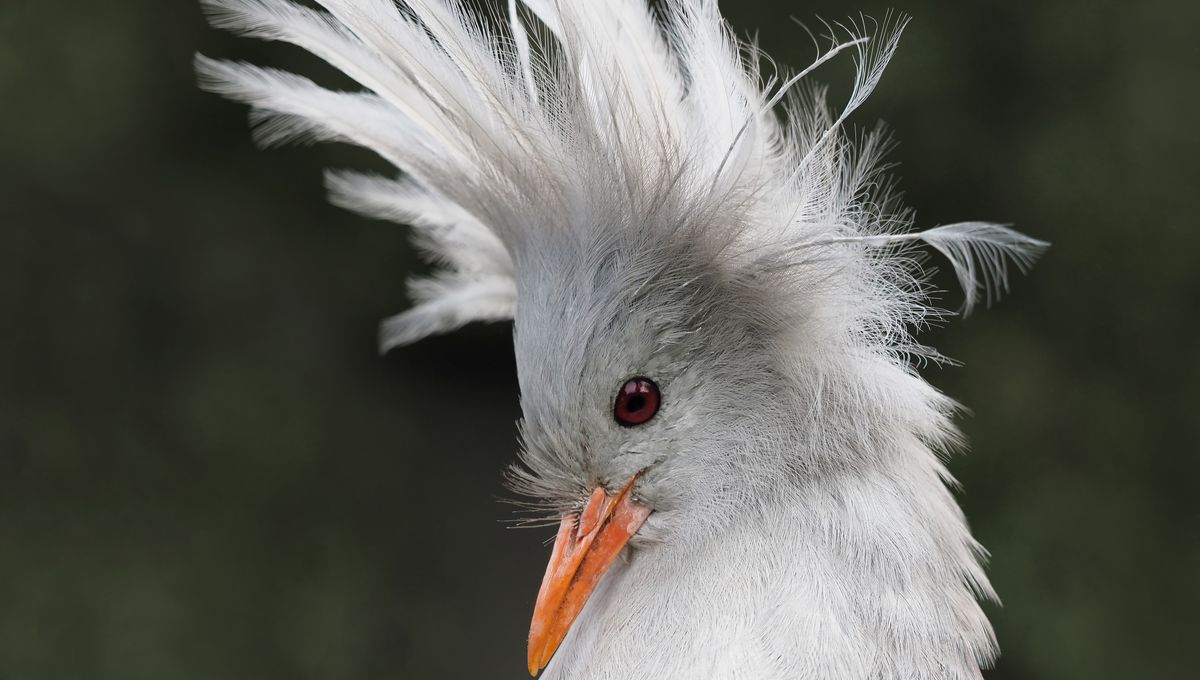
Look carefully enough, and there are ghosts to be found in the forests of New Caledonia. Well, kinda – they’re actually kagus. Known by those native to the island territory as the “ghost of the forest”, these flightless birds are not only an emblem of the archipelago, but also bear a curious feature found in no other known species of bird.
The feature in question is their nasal corns, flap-like structures made out of skin that cover a kagu’s nostrils. Kagus, or cagous, even get part of their scientific name, Rhynochetos jubatus, from this unique trait; the genus, Rhynocetos, stems from the Greek words for “nose” and “corn”.
It’s thought that kagus have these nasal corns to stop dirt and other debris from getting into their nose as they go about foraging through the leaf litter on the forest floor, or poking into rocks in search of delicious goods such as insects, snails, and lizards.
Unfortunately, this peculiar, but very helpful feature, is at risk of disappearing from birds entirely. That’s not because there’s a chance that evolution is about to ditch it, but because kagus are an endangered species – and they’ve reached that point as a result of human activity.
In fact, the fate of kagus once looked even more dire. Back in the late 1800s – around the time that Europeans began to settle on the archipelago – they ended up on the brink of extinction due to those seeking their crest feathers, which made a popular decorative addition to hats.
While that fashion trend thankfully came to an end, kagus have continued to face threats, with predation by dogs and other introduced animals, as well as habitat loss, all causing numbers to decline. Currently, it’s estimated that there are just 600 to 2,000 of these birds remaining.
There is, however, some hope. Conservationists have been working for decades to ensure the survival of the species, with breeding programs and efforts to tackle predators. The kagu might not be out of the woods just yet, but that work now appears to be paying off. Jean-Marc Meriot, who manages the Rivière Bleue park, told the Guardian that there were around 60 kagus living in the park in 1984; in 2024, there are estimated to be more than 1,000.
“We now have forest areas with new pairs of cagous,” said Meriot. “The cagou population is doing very well, it is constantly expanding and things couldn’t be better.”
Source Link: Meet The Kagu: Rare, Flightless, And With An Unusual Feature Seen In No Other Bird